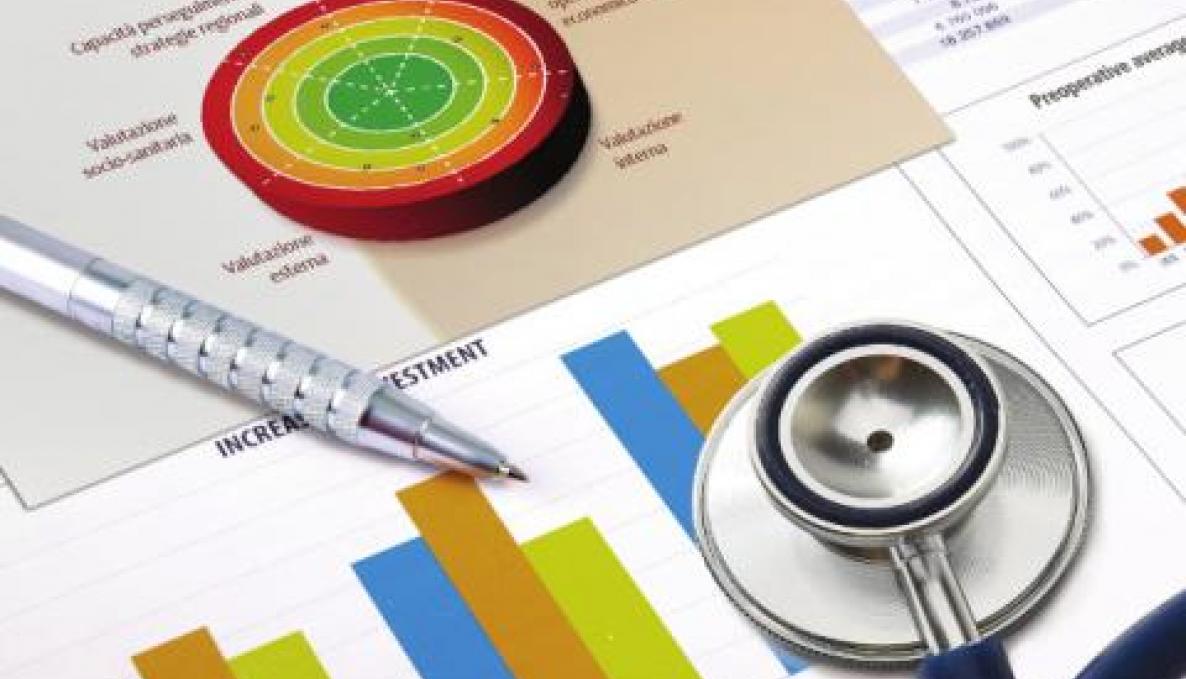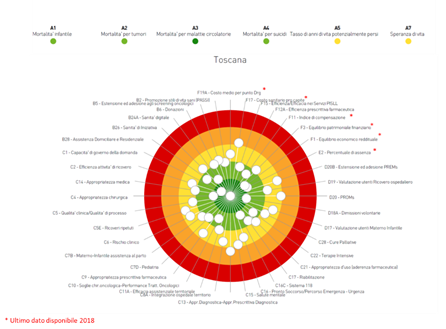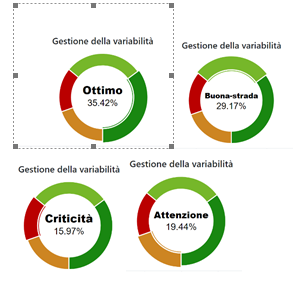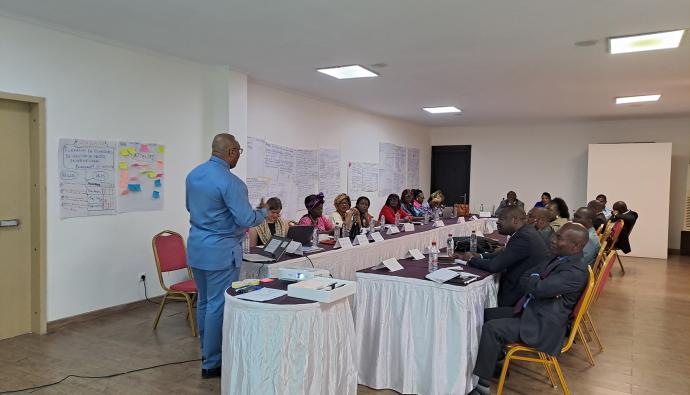HEALTH CARE IN TUSCANY PRE-COVID-19: THE MES LAB – MANAGEMENT AND HEALTH SYSTEM AT THE INSTITUTE OF MANAGEMENT PUBLISHED RESULTS OF PERFORMANCE ASSESSMENT REPORT 2019 AND IDENTIFIED NEW MODELS FOR MANAGING HEALTH SYSTEMS IN “NEW NORMALITY” POST COVID 19

The post COVID-19 phase will accelerate the emergence of new models for managing public health system at national level and in Tuscany. The results of the performance assessment in 2019 explored alignment of indicators with objectives of the health system at the Tuscany regional level while the recent health emergency exposed actual problems that need to be debated for further development of the system towards a “new normality”.
Sant’Anna School Rector Sabina Nuti, professor Milena Vainieri as the director of the Mes Lab, and researchers discussed the results of the performance assessment 2019 in a conference call with Director Carlo Tomassini, and analysts of Tuscany Region authority healthcare department.
- The Public Health System in Tuscany before Covid-19
In May 2019, a set of 255 performance indicators covered the Tuscany Region health system objectives and levels of care. The performance of the health system overall in Tuscany is good. The study reported positive results: dots show the results obtained in the target diagram (image 1 - photo gallery). Data based on quantitative and qualitative information show improvement (avoiding emergency or unplanned hospital admissions) in the reduced hospital admission rates (C1) for acute conditions, in the efficiency of pharmaceutical spending (F12) as drug prices decrease significantly after patent expiry, and the appropriate use of medicines (C9). This data-driven approach identified improved expenditure efficiency in the antibiotics consumption: 19 DDD (daily doses) per 1,000 inhabitants in 2018 decreased to 15 DDD per 1,000 inhabitants; more specifically, antibiotics consumption decreased from 17 to 13 DDD per 1,000 infants and children.
A more effective strategic planning was performed in e-prescriptions (B24). In 2019, 80 percent of prescriptions were issued electronically. In Ausl Nord Ovest 60 percent of prescriptions were issued electronically while the Fondazione Monasterio achieved 95 percent.
The average length, or gradual reductions in length of stay in hospital (C2) as a measure of efficiency, shows that the Tuscany’s average length of stay is confirmed over three years 2016-2019.
Findings suggest that policies undertaken in Tuscany show that there is significant variation in performance compared to other Italian hospitals. Cross-region comparisons allowed a detailed analysis on hospitals and other types of care settings such as home care or intermediate care.
Overall, in 2019 the Fondazione Monasterio and Ispro (Istituto per lo Studio e la Prevenzione Oncologica) have produced a larger number of scientific publications.
In 2019, the Emergency Room visits rate increased slightly while it has dropped dramatically during the lockdown. Considering the COVID-19 pandemic, health systems faced significant financial challenges and experts have raised concerns about the mental health programs performance. Using forecasts of annual earnings, experts find that future profitability in 2020 could have negative margins because of the lockdown.
The comparison of the health care management across different areas in Tuscany present disparity in the health care services and health outcomes by geographic locations even if, despite the geographic variation, data help to identify patterns showing the extent to which variation seems to have decreased of 35 percent and provide evidence about the impact of policy on a regional basis (image 2 – photo gallery).
Variability among the Tuscany geographical areas decreased in the ratio for elderly people (age 75 and older -R3) admitted to nursing homes (B28.3.10) and in-home care (B28.2.11 e B28.2.12). In contrast, the Healthcare Initiative is not performing at acceptable levels. In fact, implementation of (e-) health initiatives failed to demonstrate predicted benefits.
Successful implementation, embedding, and integration of (e-)health initiatives led to improved outcomes and quality in the oncology care (C28.3 e C28.2B). More recent initiatives aim to improve waiting times introducing early and rapid diagnosis for cancer patients and providing rapid access to treatment and surgery.
The Tuscany health system efficiency metrics will be useful to develop targeted post Covid-19 policy and management levers to improve areas that could benefit from “new normal” medical care.
Sign up for free and get access to the key-indicators used to measure the performance: https://performance.santannapisa.it/pes/start/start.php





